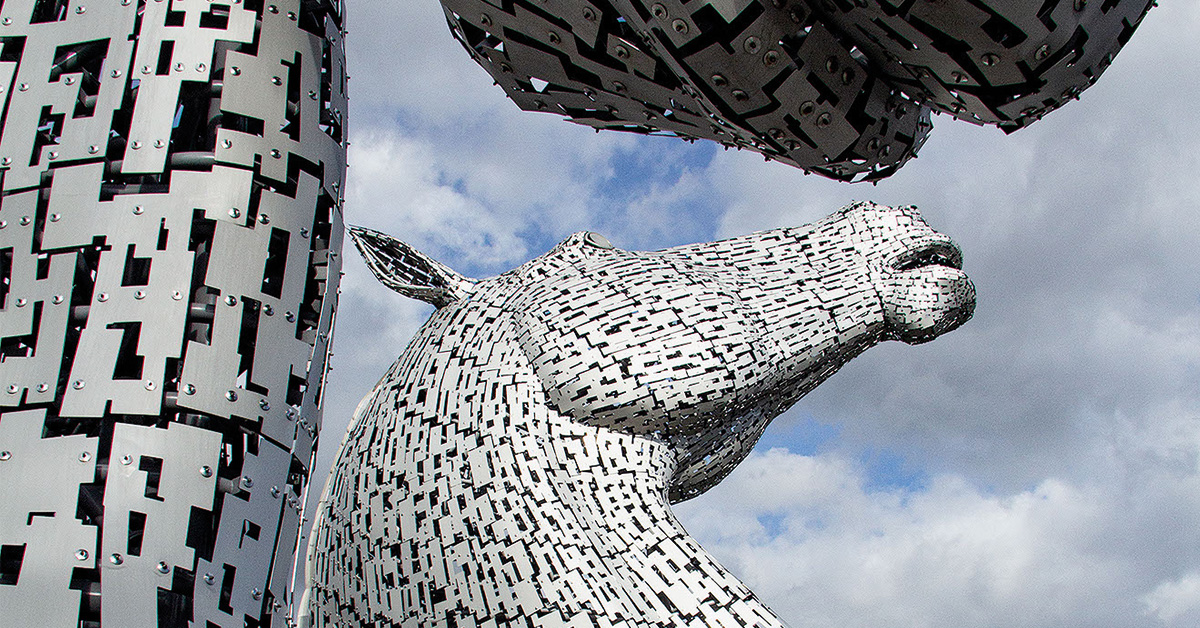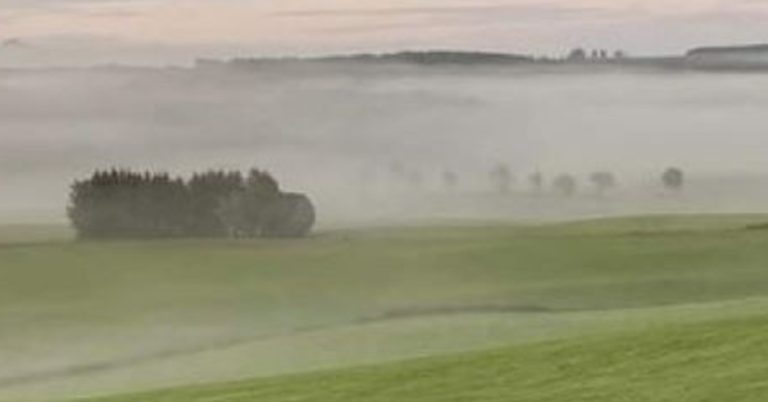
by David McCrone

David McCrone is author of Changing Scotland: Society, Politics and Identity which traces how social change has transformed Scotland since the 1970s.
Scotland is a peculiar place. You think you know it, and then you realise that you don’t, not entirely. Why is that? First of all, it is not a ‘state’, with a seat at the United Nations between Saudi Arabia and Senegal. True, it has a strong independence movement, reflected in the 2014 referendum in which 45% voted Yes to independence. This was a high proportion but most people voted to remain within the United Kingdom, at least for the moment. Scotland also has a strong national identity. It is a country with distinct emblems – kilts, tartan, haggis, and most people across the world recognise it as a separate country, if not a separate state.
So, how did we get here? Where are we going? To answer these questions, we need to take a step back, and recognise that Scotland is not the place it used to be.
Changing Times
Fifty years ago, Scots were a different people, with different institutions. This was marked out by the legacy of post-war Britain, with a strong welfare state, locked in to being British. Then things changed. Old heavy industries disappeared. ‘Work’ was no longer something men did exclusively. New ways of making a living brought women into the labour force in ever-increasing numbers. They stayed on at school and went to college, and found jobs. They postponed having babies, or chose not to have them at all, and the birth-rate fell.
Furthermore, Scots stopped migrating elsewhere, to England or abroad. In fact, Scotland became a place of in-migration rather than emigration. People came to Scotland in increasing numbers, and made us a more diverse society with many cultures, reflected in new habits and practices. Think, for example, about what we eat, about who we meet, the languages and voices we hear.
In the final quarter of the 20th century, social change altered in a dramatic way such that new opportunities and outlooks were opened up for a post-war generation coming to adulthood. These opportunities related to new ways of earning a living, even new ways of living, new educational and social opportunities, new ways of ‘getting on’, different from those of our parents and grandparents, new patterns of mobility, both geographical and social, and new forms of social solidarity.
Transforming Scotland
To be sure, Scotland is not unique in the changes it underwent. Social change is common to most advanced industrial societies. What was different, though, was how these changes transformed Scotland. It was as if the great wave of post-war social change swept over different societies and left them with unique features. We were not the people we had been.
The best way to think about the impact of social change is to think back to our parents and grandparents. They lived in a different ‘Scotland’, with ways of doing things almost unimaginable for us today. We take it for granted that we are not the people they were, even though we inherited much from them about what it meant to be Scottish. Or at least so it seemed. It is not so much that we stopped being ‘British’, but that we became ‘Scottish’ in new ways. Old habits, practices and identities have been transformed in ways our ancestors would not have recognised, even though they are still an important part of who we are.
So the warfare/welfare nexus which had stitched Scotland into the British state for much of the 20th century began to come apart in the final quarter. The 1970s may be seen conventionally as a ‘political-cultural’ rupture, reflected in the rise of ‘nationalism’ in different forms. However, the driving momentum came from expressions of social change. That is, from changes in demographic, industrial, and socio-economic structures which were common throughout the western industrial world. These impacted on societies with varied political, institutional and cultural forms, each of which came to terms with social change in different ways.
The point is this. What lies behind our transformed cultural and political practices is social change; how our families live, demography, ways of making a living, the nature of class relations, have changed Scotland – and its people – in unimaginable, even revolutionary ways.
To be sure, the Scottish people have a sense of continuity; we inherit ways of thinking, as well as doing, from our ancestors. We think of ourselves as ‘Scots’, but in ways quite different from the ways they did. And all this has happened in the quiet revolution since the 1970s. That is what ‘Changing Scotland’ sets out to explore and explain.

About the Author
David McCrone is emeritus professor of sociology at the University of Edinburgh; a Fellow of the British Academy, and a Fellow of the Royal Society of Edinburgh. He has benefitted from being a sociologist of Scotland at a time of considerable social, political and cultural change. His books include: Understanding Scotland (1992); The New Sociology of Scotland (2017), and Understanding National Identity (2015) – with Frank Bechhofer. Intrigued by his adopted city, his latest book, Who Runs Edinburgh?, was published by Edinburgh University Press in October 2022.
Primary image: The Kelpies by artist Andy Scott, Falkirk
Image credit: Anna Dickie






